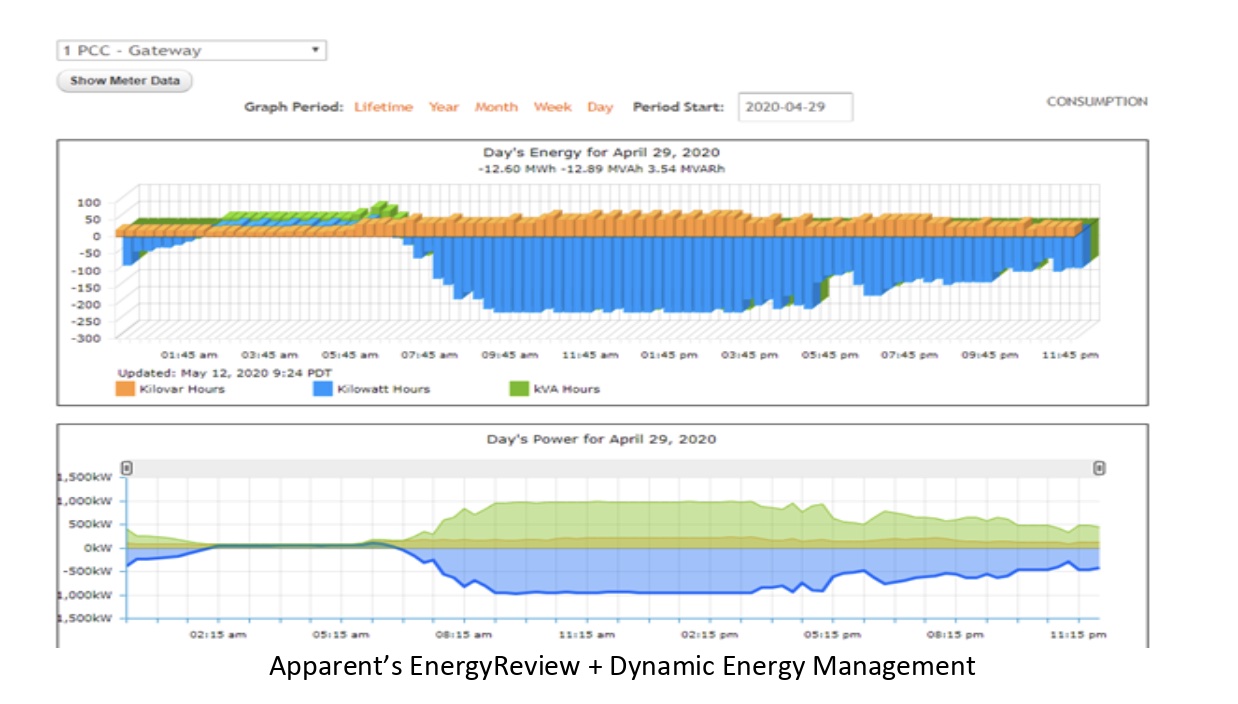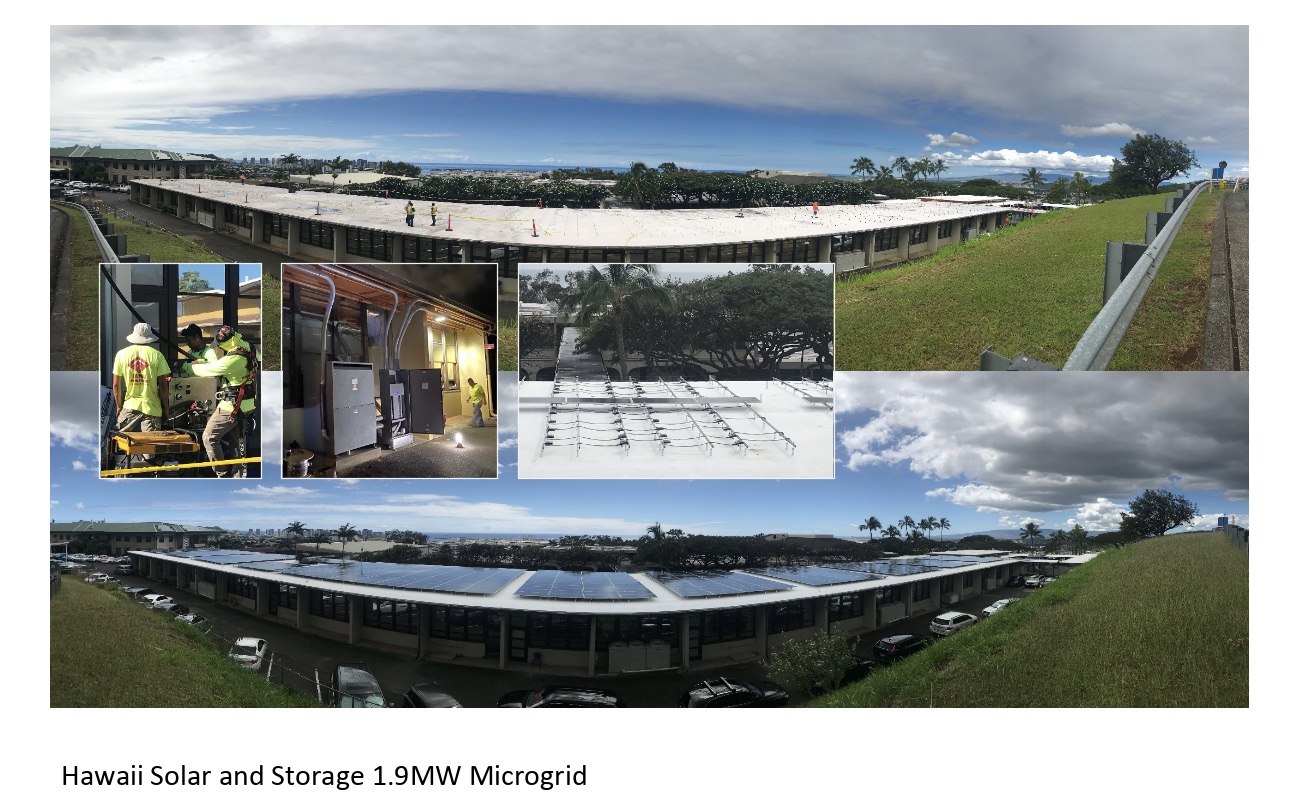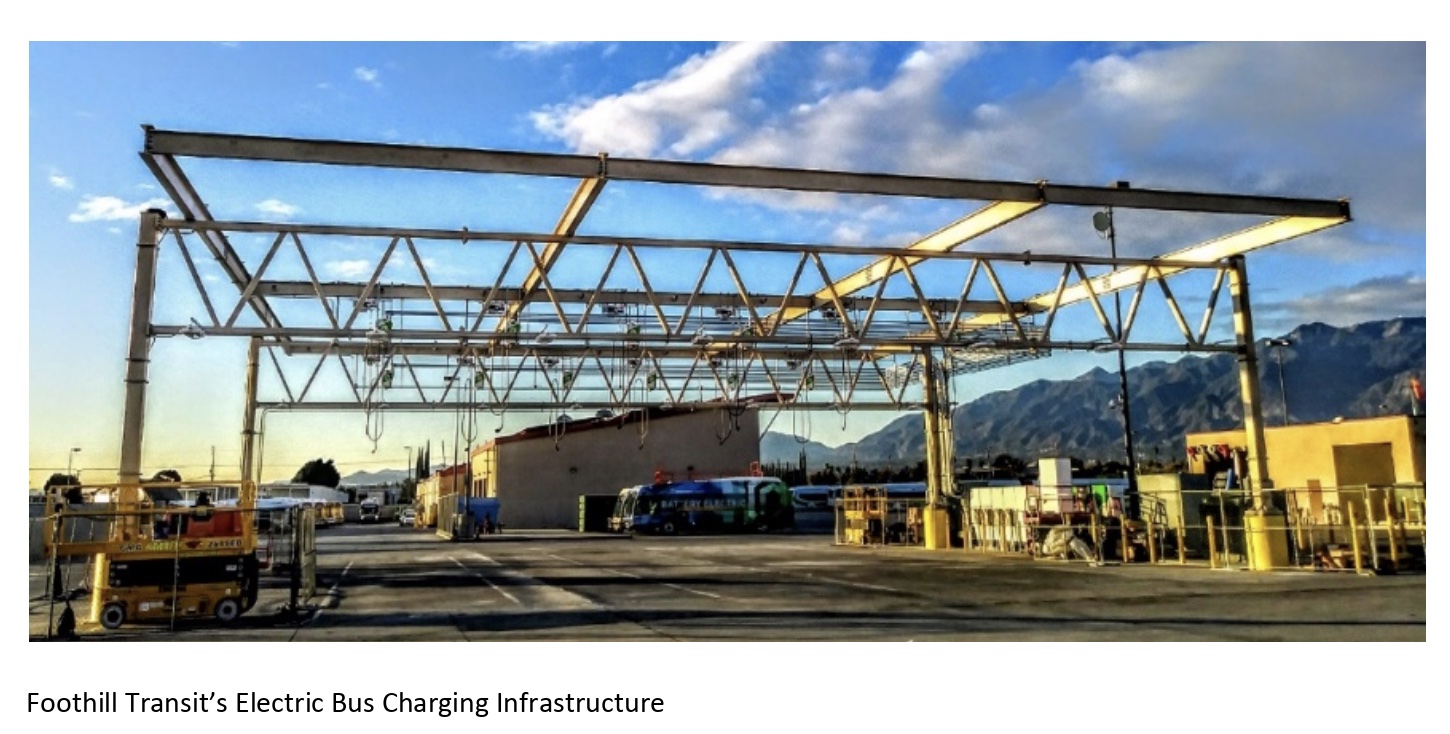The Next Energy Wave: Clean energy opportunities through dynamic energy management
As we see widespread power outages caused by more frequent weather and natural disasters, it's evident something needs to change. Relying on a century-old grid design, characterized by energy produced at a distance from consumption, is no longer viable. By 2030, energy systems will have to look very different from today to keep up with population and the demand for electricity, as well as to be more resilient. Distributed generation through solar and storage must be increased to firm access to electricity across all infrastructure.

Dynamic energy management uses sophisticated communications and control data aggregation systems to match the mix of available energy (grid, solar, fuel cell, storage) in all waveforms to meet demand. The global energy management system market is projected to grow from $10.55 billion in 2020, to $30.15 billion by 2025, at a compound annual growth rate (CAGR) of 23.37 percent. Dynamically managed clean energy systems meet the urgency of business and government shift to carbon-neutral policies to reduce costs and greenhouse gases, and improve energy reliability and resilience.
Real-Time Energy Data Communications and Control
Significant drivers are forcing the energy market to optimize supply and demand. With President Biden focusing on the environment and infrastructure, particularly clean energy adoption, a national effort now joins the growing state and local efforts to mainstream clean energy. Simultaneously, financial markets have recognized that the current carbon-dependent energy model (where over-generation of energy is produced away from demand) is unsustainable. Forward-thinking companies are looking for ESG opportunities to deploy net-zero initiatives in all market segments, and capture higher returns on investments.
The key to transforming energy infrastructure is to integrate new market segments into the new electric economy through dynamic energy management. Knowing where and what energy is being produced and used allows consumers to optimize energy generation at individual sites, peer-to-peer networks, and microgrids. Data enables the energy market to fill gaps in supply based on demand, without overhauling the entire grid system. This is the most significant short- to mid-term step towards adapting clean energy generation to meet demand.
Increasing Utility Adoption of Dynamic Energy Resources
Dynamic energy management enables the adoption of DERs by integrating consumer generation with utilities, while reducing overall demand and improving power quality. By generating data about consumer energy generation and use, dynamic energy management gives utilities access to new real-time markets encompassing the use of consumer generating systems across all population demographics, while opening new markets for frequency regulation, spinning reserve, reactive regulation, renewable transients, black start, and capacity.

Evolving Peer-to-Peer Dynamic Energy Grids
Microgrids are a common example of the concept of peer-to-peer energy transactions. Microgrids can be deployed at any subdivision, corporate park, or urban center. For example, the 27 smart homes in Basalt Vista, near Denver, are part of a pilot for a new approach to the power grid; the entire neighborhood is interconnected through a microgrid that, in turn, connects to the primary grid.
Within each home, every smart appliance and energy resource - such as a storage battery bank, a water heater, or a solar photovoltaic (PV) system - is controlled to maximize energy efficiency.
On a broader scale, houses within the Basalt Vista neighborhood can rapidly share power, creating reliable electricity for everyone. Solar energy generated at one house can be used to charge the EV next door. If a snowstorm or wildfire knocked out power lines to the neighborhood, residents would still be able to generate and store electricity locally for the neighborhood's use.
Dynamic Energy Management for EVs
One of the markets to benefit most from dynamic energy management will be EVs and e-transportation. Biden's team plans to accelerate zero-emission vehicle (ZEV) adoption, including developing an integrated ZEV vehicle charging system with franchised stations.

Charging EVs increases electricity demand to levels that can cause brownouts and blackouts. Charging vehicles requires a high reactive load that must be managed to avoid interruptions in service. This demands real-time aggregation of data and the ability to act upon that data by delivering the waveform of energy needed. To support this growth, we need effective and widespread charging infrastructure and related energy management technology to manage all charging facets - from the utility substation to the power source.
Keys to and of Dynamic Energy Management for 2021
The keys to opening these new clean energy opportunities include:
- The ability to detect energy generation and use. This must evolve beyond the installation of simple sampling at meters, to sophisticated tracking of actual kw and kvar generation and demand in all waveforms and quadrants.
- Real-time data gathered from sensing must mean 'real time' collection of data in sub-seconds, not seconds or minutes.
- The ability to act upon the data must enable a response in all energy waveforms and quadrants in the time needed to meet demand.
- Development of rates enabling consumers to participate in utility and distribution energy markets, with the same technical requirements as traditional generation.
- Developing new market rates for peer-to-peer and standby capacity markets for DERs to transform energy from a commodity to an asset.
Given the changes in climate and weather emergencies, the need for improvements in how energy is generated, transmitted, and used is clear. The same improvements that will bring resilience to energy infrastructure will also reduce costs and improve reliability. Dynamic energy management can improve and integrate distributed generation with the grid to support the adoption of clean energy and EVs, without a costly overhaul of grid infrastructure.
Jacqueline DeSouza is the President at Apparent, Inc. Previously, she worked at a private legal and consulting firm she founded working with pre-IPO emerging companies. She received a Bachelor of Science in International Economics and Mathematics from George Mason University, and a Juris Doctorate from the University of California Hastings' College of the Law.
Apparent, Inc. | www.apparent.com
Author: Jacqueline DeSouza
Volume: 2021 May/June











